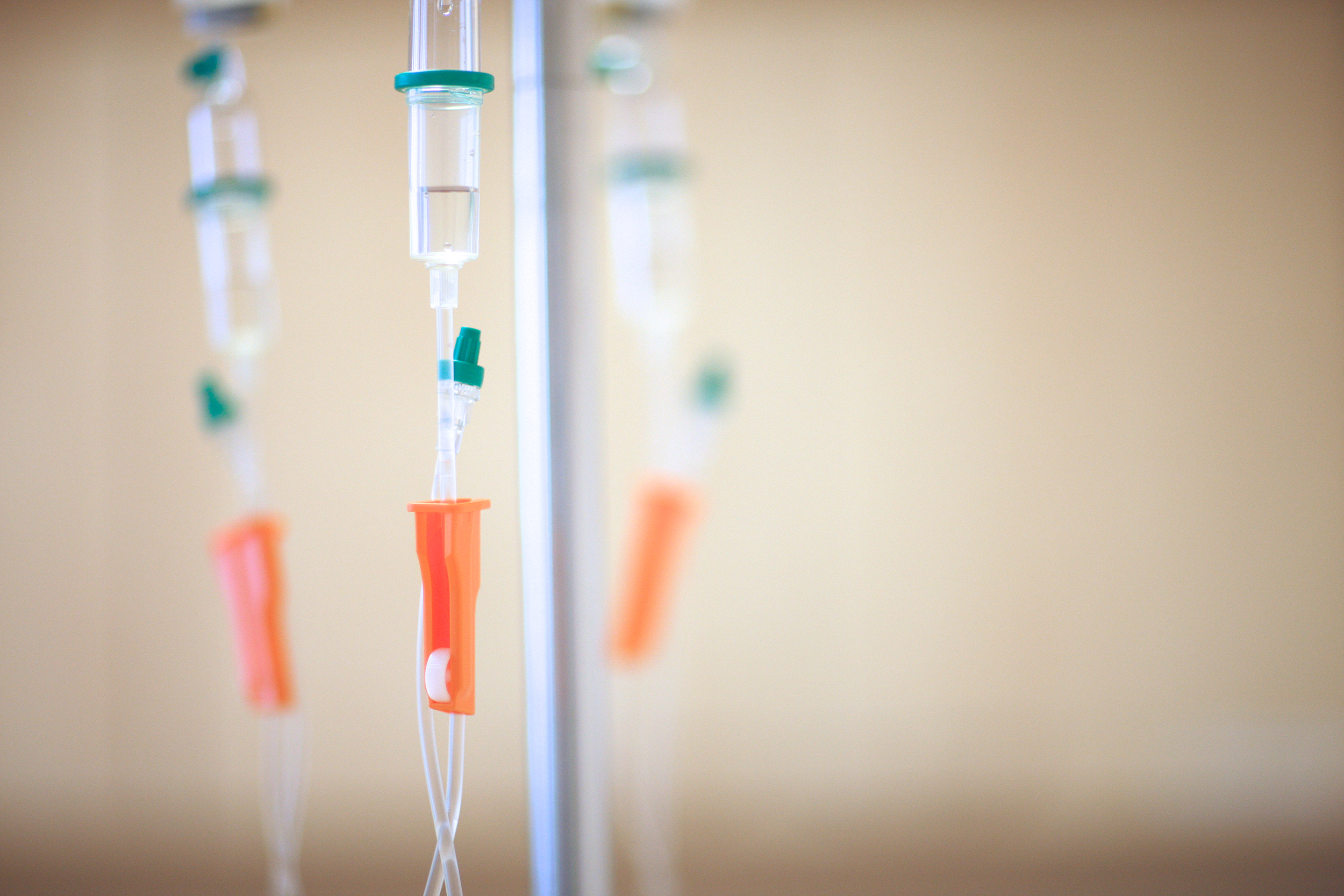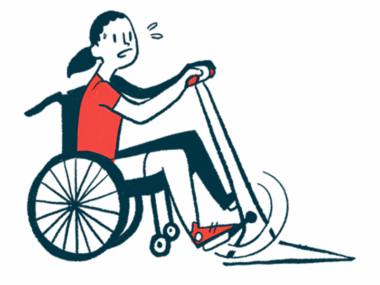#AANAM – Greater Exposure to Ocrevus Means Less Risk of Disability Progression in MS Patients, Study Contends
Written by |

Higher exposure to Ocrevus (ocrelizumab) is associated with greater immune B-cell depletion in the blood, and lessened risk of disability progression in patients with relapsing multiple sclerosis (MS) and primary progressive disease (PPMS), according to new research.
The study supporting that finding, “Pharmacokinetics, Pharmacodynamics and Exposure-Response Analyses of Ocrelizumab in Patients With Multiple Sclerosis,” was presented at the 2019 American Academy of Neurology (AAN) Annual Meeting, held in Philadelphia May 4–10. The data were presented by Stephen Hauser, MD, director of the Weill Institute for Neurosciences at the University of California, San Francisco (UCSF).
Ocrevus is an approved treatment marketed by Genentech for patients with relapsing MS and those with PPMS. The therapy is a humanized monoclonal antibody that targets specific immune cells — CD20+ B-cells — and is administered intravenously (600 mg every six months).
In the study, researchers used Phase 2 and 3 clinical trial data to characterize Ocrevus’s pharmacokinetics — its absorption, distribution, metabolism, and excretion in the body — and pharmacodynamics (how the body responds to the therapy).
The team also analyzed exposure-response associations in terms of clinical effectiveness — as assessed through the annualized relapse rate, and 12- and 24-week confirmed disability progression (CDP) — and safety, namely the associated serious adverse side effects, serious infections, and infusion-related reactions.
Researchers created a model accounting for time-dependent Ocrevus’ clearance and patients’ body weight, which accurately described the treatment’s pharmacokinetics in 941 patients with relapsing MS and 482 with PPMS. Exposure to the therapy was 26% higher in patients with relapsing MS under 60 kilograms (kg), and 21% lower in those above 90 kg of body weight versus a 75 kg reference patient.
The data further showed that depletion of B-cells — targeted by Ocrevus — correlated with the extent of exposure to the therapy. Although the reduction in relapses was found to be independent of exposure in patients with relapsing MS.
Ocrevus also reduced lesions, assessed through magnetic resonance imaging (MRI), to nearly undetectable levels in relapsing MS and PPMS patients.
“Greater B-cell depletion is observed with higher Ocrevus exposure,” Hauser said, while noting that the “annualized relapse rate and MRI [magnetic resonance imaging] outcomes were not exposure-dependent.”
Results also showed that greater decreases in the risk of 12- and 24-week CDP were associated with higher exposure to Ocrevus in patients with relapsing MS and PPMS, when compared to Rebif (interferon beta-1a, marketed by EMD Serono) and placebo, respectively.
“Lower rates of disability progression were associated with higher ocrelizumab exposure and lower median B-cell levels prior to the next infusion,” Hauser said.
Regarding safety, all safety parameters were similar across patients with different exposure to Ocrevus, suggesting that higher exposure does not seem to increase the likelihood of adverse side effects.
Overall, based on the results, Hauser concluded that “higher Ocrevus exposure and greater B-cell depletion may be important for the control of disability progression,” he said.
In an AAN-related Genentech press release, Hauser emphasized: “These are the first data to show that higher Ocrevus exposure is associated with greater control of disability progression without impacting safety. These analyses … create a compelling case for initiating therapy early in the disease course, and provide important information that clinicians can use to inform treatment decisions.”
Also, the fact researchers saw more pronounced effects in patients with higher Ocrevus exposure could indicate “that the current approved dose is closer to the lower part of the dose-response curve,” the team noted, suggesting that greater responses could be seen with higher Ocrevus doses.
However, Hideki Garren, MD, PhD, global head of MS and neuroimmunology at Genentech, is cautious about the idea of “higher dosing, more benefits.”
“It’s important to remember that the most well-characterized dose … is the [approved] 600 milligram dose — 600 mg every six months. In other words, we think that is enough to reduce lesions, reduce relapses, and reduce disability progression. We’ll certainly look into this data and explore more, but what physicians should follow is the well-characterized and proven dose,” Garren said in an interview with Multiple Sclerosis News Today.
Referring to Hauser’s presentation, Garren emphasized that the data show MS patients “need a robust B-cell suppression to see [Ocrevus effect in] disability progression, and again, disability progression, we believe, underlines all forms of MS,” Garren said.
Of note, six of the researchers involved in the study presented at the AAN meeting are affiliated with Roche, which owns Genentech.





